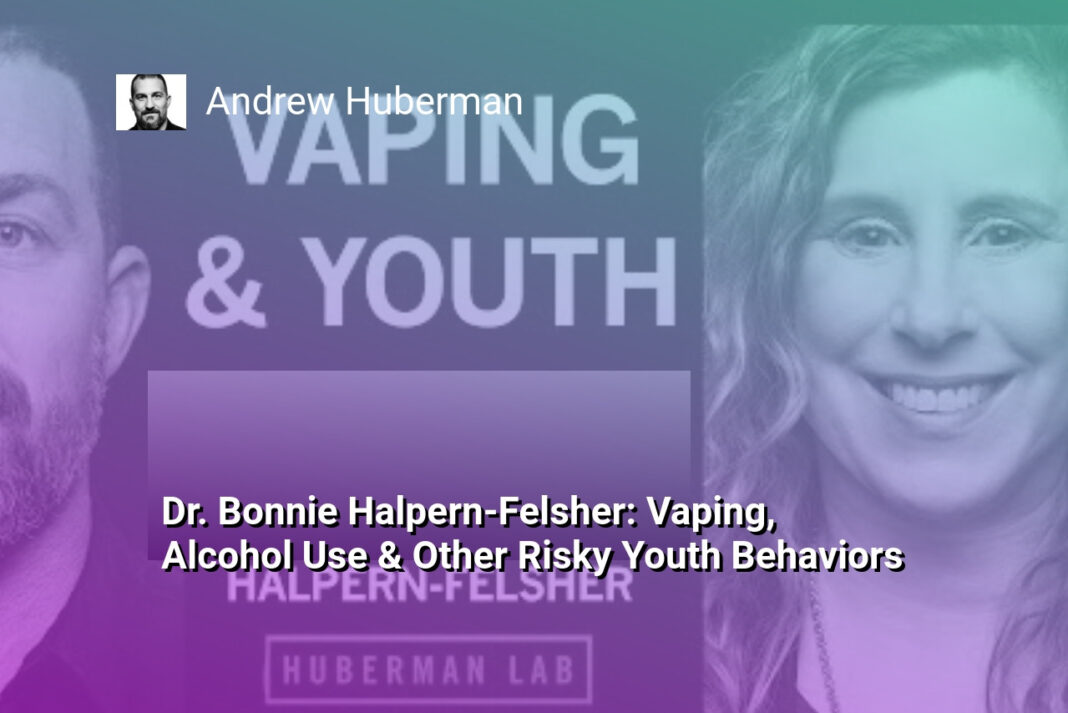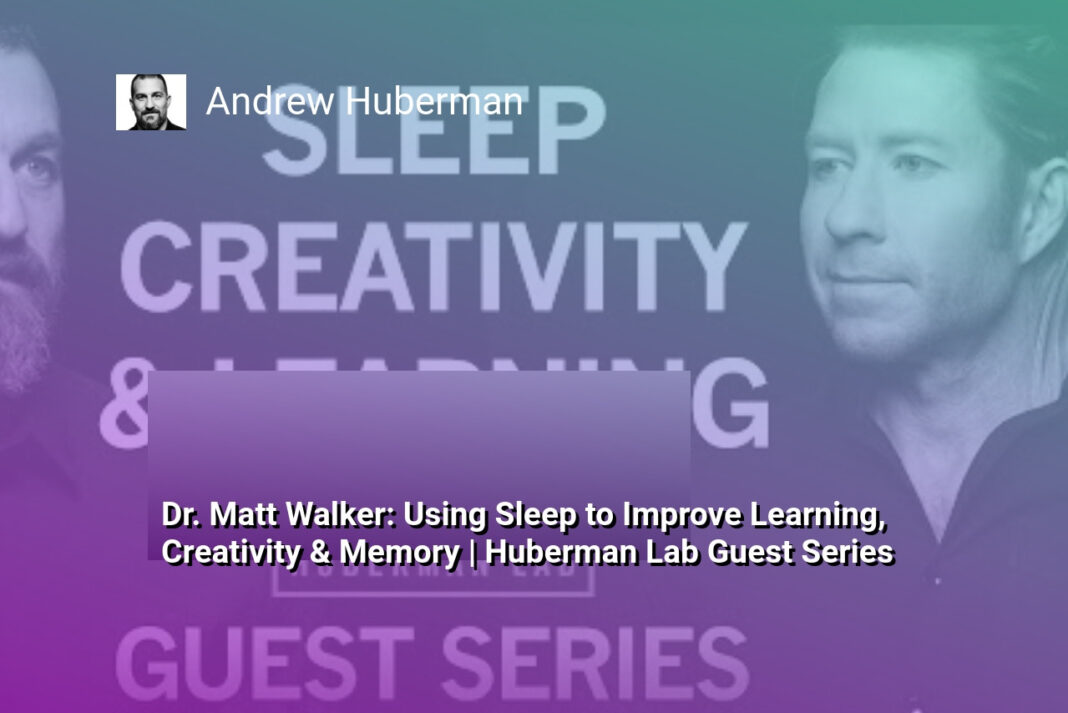The Bottom Line:
Here is a summary of the main themes from the text in the requested format:
- Adolescence is a critical period of development marked by physical changes, emotional growth, and a desire for autonomy and self-discovery, but it also comes with potential risks and pitfalls that require guidance from parents and caregivers.
- Peer pressure and social influences play an increasingly significant role during the teenage years, as young people navigate questions of identity, relationships, and future aspirations while still needing support from their families.
- Asynchronous development can occur, where physical maturation may not align with emotional and psychosocial maturity, leading to confusion and challenges for some adolescents as they come of age.
- The podcast delves into common risky behaviors among teens and young adults, such as nicotine use, cannabis consumption, dangerous driving, alcohol abuse, and sexual activity, examining correlative and causal factors behind these issues.
- By understanding the latest research on adolescent risk-taking and the various influences at play, from family dynamics to social media and marketing pressures, we can work to help young people avoid or mitigate potential harms and cultivate healthier lifestyles and choices.
Understanding the Key Features of Adolescent Development
Here is the content for the section “Understanding the Key Features of Adolescent Development”:
Physical and Pubertal Changes
Adolescence, typically spanning from ages 10 to 18 or 21, is marked by significant physical changes. The onset of puberty brings about the development of secondary sexual characteristics, such as the onset of menstruation for girls. Height changes also occur during this time, with adolescents experiencing growth spurts. These physical changes can lead to asynchronous development, where an individual may appear physically mature but still be emotionally and psychosocially young, or vice versa.
Emotional and Psychosocial Development
Adolescence is a time of emotional and psychosocial development. Teens are trying to figure out who they are, where they are going in life, what they want to do when they grow up, and what is important to them. They are also grappling with how others perceive them and how they feel about other people. Social changes, such as increased peer pressure, also come into play during this time. While parents still play a crucial role, peers also become increasingly influential in an adolescent’s life.
Autonomy and Decision-Making
Adolescents have a strong desire for autonomy and want to make many decisions for themselves. This is a natural part of their development as they explore and figure out their identity. However, this increased autonomy also comes with potential risks that need to be navigated carefully. It is important for parents and caregivers to strike a balance between allowing adolescents to make their own choices while also providing guidance and support to help them make informed decisions and avoid potentially harmful behaviors.
Common Risky Behaviors in Teens and Young Adults
Here is the content for the section “Common Risky Behaviors in Teens and Young Adults”:
Substance Use and Abuse
Substance use, including nicotine, alcohol, and illicit drugs, is a common risky behavior among teens and young adults. Experimentation with these substances often begins in adolescence, and for some individuals, can lead to addiction and long-term health consequences. Nicotine use, in particular, has seen a resurgence in recent years with the popularity of e-cigarettes and vaping devices. Cannabis use is also prevalent, and research suggests a possible link between early cannabis use and an increased risk of psychosis in young adulthood.
Risky Sexual Behavior
Engaging in risky sexual behavior, such as unprotected sex or having multiple partners, is another concern for teens and young adults. These behaviors can lead to unintended pregnancies and the spread of sexually transmitted infections (STIs). Factors contributing to risky sexual behavior include peer pressure, lack of comprehensive sex education, and the influence of media and social norms. It is crucial for young people to have access to accurate information and resources to make informed decisions about their sexual health.
Reckless Driving and Alcohol Consumption
Reckless driving, often in combination with alcohol consumption, is a significant risk for teens and young adults. Motor vehicle accidents are a leading cause of death in this age group, and alcohol is often a contributing factor. Inexperience behind the wheel, combined with a tendency toward risk-taking and the influence of peers, can create dangerous situations on the road. Graduated driver licensing programs and strict enforcement of underage drinking laws can help mitigate these risks, but it is also important for parents and educators to have open conversations with young people about the dangers of impaired and reckless driving.
Factors Influencing Youth Risk-Taking: Family, Peers, and Social Media
Family Influences on Adolescent Risk-Taking
Family plays a crucial role in shaping adolescent risk-taking behaviors. Parental monitoring, communication, and support can significantly impact a young person’s likelihood of engaging in risky activities. When parents establish clear expectations, set boundaries, and maintain open lines of communication, adolescents are less likely to participate in substance use, risky sexual behavior, or dangerous driving practices. Conversely, a lack of parental involvement, inconsistent discipline, or a history of family substance abuse can increase the risk of adolescent risk-taking.
Peer Pressure and Social Norms
Peer influence is a powerful force during adolescence, as young people strive for acceptance and belonging within their social circles. Peers can exert both positive and negative influences on risk-taking behaviors. When adolescents associate with peers who engage in risky activities, such as substance use or reckless driving, they are more likely to adopt similar behaviors. Conversely, having friends who prioritize academic achievement, participate in extracurricular activities, and make healthy choices can serve as a protective factor against risk-taking.
The Role of Social Media in Adolescent Risk-Taking
In today’s digital age, social media plays an increasingly significant role in shaping adolescent attitudes and behaviors. Social media platforms can expose young people to a wide range of influences, including marketing campaigns that glamorize risky behaviors such as smoking or alcohol consumption. Additionally, social media can create a sense of peer pressure, as adolescents may feel compelled to engage in risky behaviors to gain social approval or maintain their online image. However, social media can also serve as a positive tool for promoting healthy behaviors and connecting adolescents with supportive communities and resources.
Correlations Between Cannabis Use and Psychosis in Young People
The Link Between Cannabis Use and Psychosis
Research has shown that there is a strong correlation between cannabis use and the development of psychosis in young people. Studies have found that individuals who use cannabis during adolescence and early adulthood are at a higher risk of developing psychotic disorders such as schizophrenia later in life. The risk appears to be particularly high for those who start using cannabis at an early age, use it frequently, and use high-potency strains of the drug.
Potential Mechanisms Behind the Cannabis-Psychosis Link
While the exact mechanisms behind this link are not fully understood, it is thought that cannabis may disrupt the normal development of the brain during this critical period of growth and maturation. The main psychoactive component of cannabis, THC, has been shown to interfere with the function of neurotransmitters such as dopamine, which are involved in regulating mood, cognition, and perception. Chronic exposure to THC during adolescence may lead to long-lasting changes in brain structure and function that increase the risk of psychosis.
Importance of Educating Young People About the Risks
Given the potential risks associated with cannabis use in young people, it is important for parents, educators, and healthcare providers to educate adolescents and young adults about the potential harms of using this drug. This may involve providing accurate information about the risks and benefits of cannabis use, as well as strategies for reducing the potential harms associated with its use. It is also important to provide support and resources for young people who may be struggling with substance use or mental health issues, and to encourage them to seek help if needed.
Strategies to Prevent or Reduce Harmful Adolescent Risk Behaviors
Here is the content for the section “Strategies to Prevent or Reduce Harmful Adolescent Risk Behaviors”:
Promoting Positive Family Relationships and Communication
One key strategy for preventing or reducing harmful adolescent risk behaviors is to foster strong, supportive family relationships. Parents and caregivers should strive to maintain open lines of communication with their teens, encouraging them to share their thoughts, feelings, and experiences. By creating a non-judgmental and understanding environment at home, adolescents are more likely to turn to their family for guidance when faced with difficult decisions or peer pressure.
Regular family meals, shared activities, and one-on-one time with each parent can help strengthen these bonds. It’s also crucial for parents to model healthy behaviors and decision-making, as teens often look to their parents as role models.
Educating Teens About Risks and Consequences
Another important strategy is to provide adolescents with accurate, age-appropriate information about the risks and potential consequences associated with various behaviors. This includes discussing the health risks of substance use, the dangers of impaired or distracted driving, and the emotional and physical implications of early sexual activity.
Parents, educators, and healthcare providers should engage teens in honest, open conversations about these topics, encouraging them to ask questions and voice their concerns. Providing teens with the knowledge and skills to make informed decisions can help them navigate peer pressure and risky situations more effectively.
Encouraging Positive Peer Relationships and Extracurricular Involvement
Adolescents are heavily influenced by their peers, so promoting positive peer relationships and encouraging involvement in structured extracurricular activities can help reduce the likelihood of engaging in risky behaviors. Parents should get to know their teen’s friends and their families, and encourage their child to spend time with peers who share similar values and goals.
Involvement in sports, clubs, volunteer work, or other organized activities can provide teens with a sense of belonging, purpose, and accomplishment, while also helping them develop important life skills such as teamwork, leadership, and time management. These positive experiences can serve as a buffer against the temptation to engage in harmful or risky behaviors.





